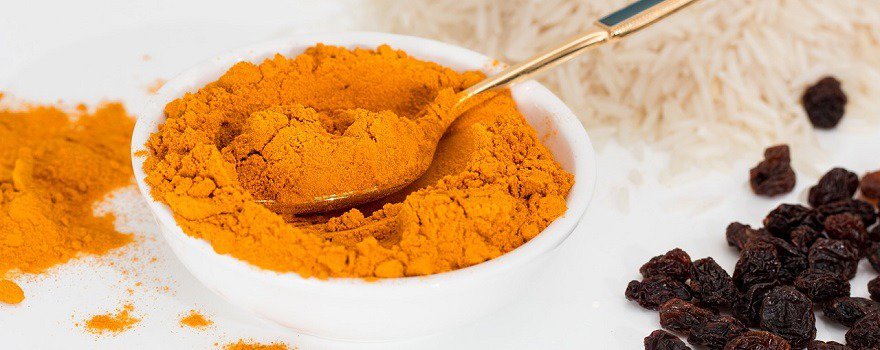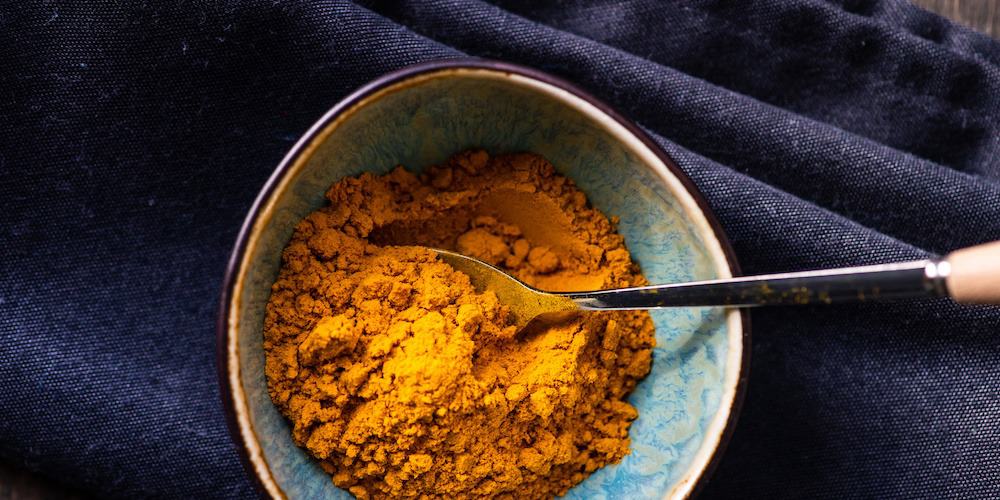Is turmeric effective against osteoarthritis?
The benefits of turmeric
This small root from the ginger family is found in Indian cuisine and medicine. Its use has been mentioned since the 4th century CE in some writings from the subcontinent. Turmeric serves as a base condiment for curry and is a cornerstone of Ayurveda. Indeed, it is an exceptional food, acting both preventatively and curatively against many minor ailments.
Turmeric is effective against digestion problems, appetite disorders, nausea, and bile dysfunctions. This spice could also help prevent cancers, notably those of the digestive system, and avoid the occurrence of cardiovascular diseases. Moreover, turmeric is one of the most effective natural anti-inflammatories.
Also read the Best turmeric for osteoarthritis: our buying guide
Turmeric, the anti-inflammatory
Turmeric, or rather its active ingredient, curcumin, is a powerful anti-inflammatory, meaning it helps reduce pain due to inflammation and lessen its intensity.

While traditional Asian medicine recognizes turmeric’s effectiveness, it has been used in the West for its dye (golden yellow) and medicinal properties since the 17th century. Scientific studies show turmeric’s effectiveness in fighting inflammations, both in pain treatment and the targeted reduction of inflammatory foci. Turmeric is beneficial against many types of inflammation, particularly of the digestive system (gastritis, colitis), skin, gums (gingivitis), or joints.
Joint inflammations
Joint inflammations, also known as rheumatism, arthritis, or osteoarthritis, can be due to several factors. A shock or pain after too intense an effort, chronic diseases (rheumatoid arthritis…), or aging. They are extremely common, with one in two French people experiencing osteoarthritis in their lifetime.
Also read the These delicious natural anti-inflammatory foods
Osteoarthritis corresponds to cartilage wear affecting the joints. It is most often related to age. The most frequently affected joints by osteoarthritis are the cervical, lumbar, and knees. Joint disorders can be occasional or chronic, and occur as flare-ups. This is the case with osteoarthritis.
There are few treatments that can relieve osteoarthritis. Some patients suffering from osteoarthritis have been given corticosteroid-based treatments, which have heavy and numerous side effects. Natural remedies for osteoarthritis, such as turmeric, have the advantage of not causing harmful side effects for the body.
Also read the The best dietary supplements for osteoarthritis

How to consume turmeric for osteoarthritis?
Turmeric’s effectiveness against osteoarthritis
In scientific studies, turmeric has often shown to be as effective as some chemical molecules in the treatment of pain related to osteoarthritis. A 2007 study conducted among 55 patients at an Indian university found that a dose of 2g of turmeric per day for 6 weeks was as effective as ibuprofen in relieving pain.
Other studies show that turmeric can be used in treatment against osteoarthritis, provided that curcumin tablets are taken at very regular doses. Indeed, turmeric’s bioavailability is low, which means it is poorly absorbed by the body.
Turmeric dosage for osteoarthritis
If your joint pain is mild, you can consume fresh turmeric, cut into small pieces in your vegetable, meat, soup, or salad dishes. For moderate pain, you can prepare infusions with fresh or dried (powdered) turmeric that can temporarily soothe joint pain.
If the pain is more intense, it is better to consume turmeric in capsules or turmeric extract (curcumin) in medicinal form. In that case, it’s best to consult a doctor to know the dosage and duration of the treatment for osteoarthritis. Turmeric powder can also be consumed for intense pain, diluted in water, but the doses required are high and turmeric’s bitterness may soon become off-putting.
It is advised not to consume turmeric-based capsules for more than 8 weeks in a row to avoid the body’s habituation and digestive disorders that may appear.
Also read Discover fresh turmeric: its use, preservation, and the best recipes
What are the beneficial combinations with turmeric against osteoarthritis?
It is preferable to consume turmeric with piperine, which is the active substance in pepper. Therefore, one can combine turmeric and pepper in our dishes or natural treatments. Indeed, piperine enhances the absorption of turmeric by the body. Bromelain also plays this role in turmeric-based treatments. Furthermore, it is better to consume turmeric before or during meals because fat promotes the absorption of curcumin.

Certain lifestyle changes can also reduce osteoarthritis, in addition to turmeric. A lifestyle that is too sedentary, a diet too high in fat, or genetic factors can worsen joint pain. It is therefore recommended to reduce processed foods or meat consumption, which increase inflammation.
Other plants are effective in fighting joint inflammation, which can be consumed in combination with turmeric: for example, devil’s claw or nettle. One can also take ginger in addition to turmeric to improve its effectiveness. It is advisable to consult a doctor or a naturopath who can inform you about the quantities of plants to consume to soothe your osteoarthritis.



